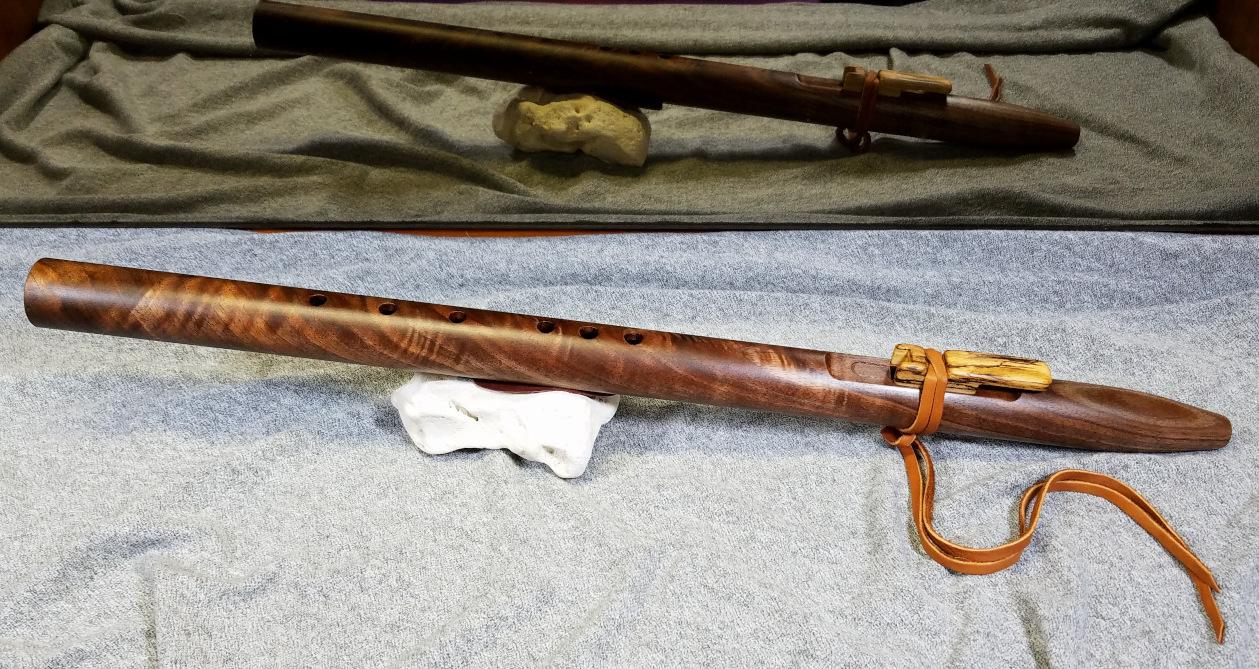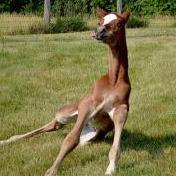All Activity
- Past hour
-
Thank you! What about the compound feed? Is it a game changer or just nice to have. I like simple machines, I repair and tweak them myself, I'm not a mechanic though. But, if it does allow me to stitch thick uppers more confidently, without glueing I'd go for that and figure them out.
- Today
-
Tamilo1195 joined the community
-

Is this a machine I can use for leather? MA2457R-A1
Constabulary replied to isaac45isaac's topic in Leather Sewing Machines
Yeah, I´m shy with saying so 😁 -
Hello all! Please help me find an operator's manual/ instructions for this machine. Thanks in advance.
-
Here is what a friend said when I asked him about DD Potter Saddles. "Good saddles mostly. I don’t think they were going for a long time. Out of Pendleton Oregon or right near there. Lots of great saddle makers up there in that area. I have seen a couple pairs of their taps and they are awesome but pretty heavy. Do you have one? I would guess value to be depending on shape. Not a well known name and Wades seem to be coming down so I imagine $3500. If it was a Severe saddle from that area it would be $6000. They might have used Rich Bean trees which would be a huge point of quality!"
-
eagle97jjk joined the community
-
Looking back with a Google search I found where I had covered most of this before which this link will show - https://leatherworker.net/forum/topic/74966-skiving-foot-roller-adaptation/ A google search shows many places where you can buy the foot if if search for Skiver machine feet. This is one of the links - https://www.aliexpress.com/item/1005007201599493.html?UTABTest=aliabtest116529_13360&src=google&albch=shopping&acnt=742-864-1166&slnk=&plac=&mtctp=&albbt=Google_7_shopping&gclsrc=aw.ds&albagn=888888&ds_e_adid=&ds_e_matchtype=&ds_e_device=c&ds_e_network=x&ds_e_product_group_id=&ds_e_product_id=en1005007201599493&ds_e_product_merchant_id=737156300&ds_e_product_country=AU&ds_e_product_language=en&ds_e_product_channel=online&ds_e_product_store_id=&ds_url_v=2&albcp=21819463808&albag=&isSmbAutoCall=false&needSmbHouyi=false&gad_source=1&gad_campaignid=21819486122&gclid=Cj0KCQjwmK_CBhCEARIsAMKwcD7-i82gtRujZKf-0mTTOoPLs1oluw2sHNuCF5m-3G7DXzDKElWbywoaAj1oEALw_wcB&aff_fcid=b0641e9eba1743978ba53a9cf2920541-1749867580452-01047-UneMJZVf&aff_fsk=UneMJZVf&aff_platform=aaf&sk=UneMJZVf&aff_trace_key=b0641e9eba1743978ba53a9cf2920541-1749867580452-01047-UneMJZVf&terminal_id=08d6618945bb478d98d0dbef180895e0&OLP=1108200108_f_group4&o_s_id=1108200108&afSmartRedirect=n
- Yesterday
-
Yes, I asked the seller if they have a regular website with more info, and they said no. But when I asked questions about how this or that doo-dadd works, they'd send a video demonstrating it. I ended up asking in the alibaba chat with Ben Juan, asking questions about the different kinds of machines they offer. He asked to see photos of what kind of bags I was making (I showed pictures of heavy cloth purses I had stitched) , and he said either their 261 or their 341 would be good for those. It definitely took some work asking questions, and I'm in central time so I'd ask questions in the evening when they're arriving at work. Movie...yeah it felt a little bit overkill hehe
-

Is this a machine I can use for leather? MA2457R-A1
dikman replied to isaac45isaac's topic in Leather Sewing Machines
I would never have guessed! -
Runner 48 joined the community
-
Thanks. The seller site is a little thin on info. I'd have believed you without the movie ... On a related note, @Johanna, this is a 7 meg upload. We've seen a couple of large uploads lately. Has the file size limit been raised?
-
Yes the feed dog goes up and down. IMG_0874.MOV
-
Patcher machines are designed as repair machines and not for producing goods. Keep in mind hat the 29-4 is a century old machine (or older) and they have tiny bobbins that do not hold much thread and the older the 29 / 29K is (the lower the subclass number the older the machine - basically) the more wear they have and wear parts are hard to find for the early 29 / 29K. This may help you to figure more about the 29-4: https://www.google.com/search?client=firefox-b-d&q=29-4+site%3Aleatherworker.net
-

not squashing detailed carving in a stitching pony
LakeOtter replied to LakeOtter's topic in Sewing Leather
Hey, to each of you, thanks for the considerate and thoughtful replies including extra resources I'm genuinely checking out. I have a nice little Jim Linnell library and most of the stamps I should need, having gotten some years ago and then now... a variety of brands (you know how a lot of cheap ones are fine but some either need to be either premium ones, or modified). When I was learning before, I don't remember how I stitched on the straps to this poorly-beveled archery arm guard I made years ago (Pics attached, LOL) Pretty beginner-looking but it works great, still! I made the conical pattern by holding thin cardboard up to my arm. The Hobby Lobby ReaLeather veg tan has held up pretty well with conditioners. Over Time: I am and will be practicing small carving patterns for skills to eventually design and make unique FL/tropical-influenced pseudo-western patches to sew onto trucker hats, hand tooled instead of the laser ones popular now. You'd think some of the folks dropping a mint on tack and belts and boots still don a cap instead of a cowboy hat sometimes, and might drop a few extra bucks on a hand-tooled patch. Even buckstitch around it maybe sometimes. And I'll be doing collars for my dogs which would be great collar or belt practice. I also aspire to eventually make sheaths or cases for Native American-style flutes. I'll check out every link sent, thanks! The Linnell videos will continue to have me practicing a lot doing the walk-thru pieces repeatedly and finding hatchets and things to strap the practice pieces on (maybe starting with the next one... I ain't showing my recent piece, lol... it's that beginner Stohlman flower he and Jim start you with except I sized it down considerably, to fit on a tall trucker hat, lol.... so it made it harder and I ain't showing it, lol. The decision was made for me to move to this craft I admire, from wood and Native American-style flutes I spent years on and developed a trusted name (Otter Lake / Jeff Burris)when I moved to a wonderful forest cabin (but tiny with no garage) and wasn't able to afford the expected add-on shop to my new place. I could no longer set up my machines and continue flutes , and so my lathes and gun drills etc. will all be pickled in a 10x10' shed or maybe sold. So I'm starting over one last time at 54 and re-entering carving leather with the same dedication and zeal, to glorify God and make things pleasing to hold and look at, that I had for the studio-ready wooden instruments that, once sold on occasion to instructors and recording artists, are now permanently out of stock, while I've set up to practice leather daily and give it my all for years to come (if the creek don't rise). Thanks -- you all are like the flute crowd in that there is a bunch of stand-up, friendly help. -
Maybe a dumb question, but does the feed dog(s) go up and down? Because "binding machines" we've seen here have feed dogs that go back and forth, but flat. Both the videos for that machine show it binding. Amazing you did this during the giant tariff kerfuffle and seem to have been unscathed. I wonder what all the fuss was about ... I've been reluctant to order anything very expensive from overseas even before the big kerfuffle, not wanting to get hit with some kind of import duty surprise.
-
Cool. Here's the link to the machine I bought if anybody's interested. I kept asking for whatever add-ons they had, that's how I found out about the accessories they offered.
-

Is the Singer 29-4 an advisable choice for someone on a budget
AlZilla replied to Jiggity's topic in Leather Sewing Machines
Good call to stay away from the Heavy Duty. I'll let others chime in on the 29. Maybe you could mention what size thread you'd use and the max thickness you might want to sew. That'll have an impact. -
The Textima 17 is a clone of the Singer 17, made in east Germany after the War at around the early 1950s. Not really a heavy duty machine and the bobbin size is quite small. Pfaff 335, Adler 69 come to my mind. Adler 5, 105 or Singer 45K are way heavier but are drop feed machines, some may have a jump foot. CLAES 233 may be something to look for they were quite common in the former East Block and are excellent machines.
-
Basically you saved about $1200 USD or more for a similar machine being sold in the US. kgg
-
stanan changed their profile photo
-
stanan started following Leather sewing cylinder arm
-
Hello everyone, I'm looking for a vintage cylinder arm machine for rather heavy leather. I stitch boot uppers and belts up to ~10mm, usually more like 4-7mm (double 4-8oz) Something like singer 153w 1) What are the other models to look for? The market is somewhat limited... 2) I have some experience with patchers and post beds (bottom feed), but never had a cylinder with compound feed. Is it worth it? Or at that weight better to have something mechanically simple and easy to maintain. Textima 17-2 on the pic. Super hot and available to buy nearby, bottom feed dog only Thank you and happy sewing!
-
stanan joined the community
-

Is this a machine I can use for leather? MA2457R-A1
Constabulary replied to isaac45isaac's topic in Leather Sewing Machines
I would like to buy that sucker but wrong side of the pond - too bad. That basically is a cylinder arm version of the singer 457G / 457U I´d say. And going back in history I´d guess it comes from a Singer 107w50 - kind of and I would guess the two share some accessories. (Singer crazy me is 😜) -
I have been hand sewing everything and now that I have been trying to make bigger things like bags and backpacks, the time it takes is becoming a problem. I have 2 kids so I only get a short amount of time. I was looking at a singer heavy duty but it seems like its not advisable to use it for 4-5oz veg tan and that it basically will degrade the machine very quickly. I live in an apartment so I can't have a table but it seems like you can run the 29-4 without a table and you can also just handcrank it (please correct me if I'm wrong) I see them in the 200-400 dollar range which is about all I would want to spend at the moment. Any others have a similar experience?
-

Singer 51w55 trouble making the feed dogs walk
Constabulary replied to Lu.mi.sewing's topic in Leather Sewing Machines
Do I get you right, you cannot adjust the stitch length, right? Or does the feed do not come high enough out of the needle plate? Please post pictures of your machine. -
Jiggity joined the community
-
.thumb.jpg.6e903dd66163ad5672f00f144058c571.jpg)
Is this a machine I can use for leather? MA2457R-A1
Northmount replied to isaac45isaac's topic in Leather Sewing Machines
@isaac45isaac -
Appreciate the manuals. I'll look through them tonight. I only had one of them before, and it seemed rather thin. 1. Yes that's a 35mm plastic pulley on the servo motor. The servo motor actually came with a 75mm pulley, but I made a smaller one. See this post: 2. Cost from Invoice A. The machine price is USD 620, include machine head, table, servo motor, needle position sensor, foot and knee pedal. B. Flat top table price is USD 45 C. Binding attachment price is USD 20 (I bought two of these, so USD 40) D. Shipping to the USA: USD 395 E. Paypal fees: USD 15 Total cost including shipping and fees: USD 1,115
-
Need to determine if the uneven absorption is intrinsic to the leather versus a result of glue bleeding through to the grain. I woud check whether a scrap of the same leather takes up water or neatsfoot oil evenly, then explore other causes from there. Uneven density of the fibers in the leather can affect how it absorbs dye and other liquids. Some parts of the hide are less uniform in structure and tanning faults (= cheap leather) can also contribute. A possible remedy is casing the leather or lightly oiling before dyeing to open up the spaces between the fibers . Contaminants that interfere with dye uptake can be cleaned off the surface with a solution of oxalic acid. A few teaspoons in a quart of warm water. Oxalic acid is a mild bleaching agent used by saddlers to prep leather for dyeing.
-
.thumb.jpg.6e903dd66163ad5672f00f144058c571.jpg)
Singer 51w55 trouble making the feed dogs walk
Northmount replied to Lu.mi.sewing's topic in Leather Sewing Machines
I split your post off of an old thread. Better to start a new thread than to tag onto an old thread with a different topic.



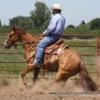
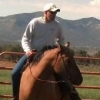
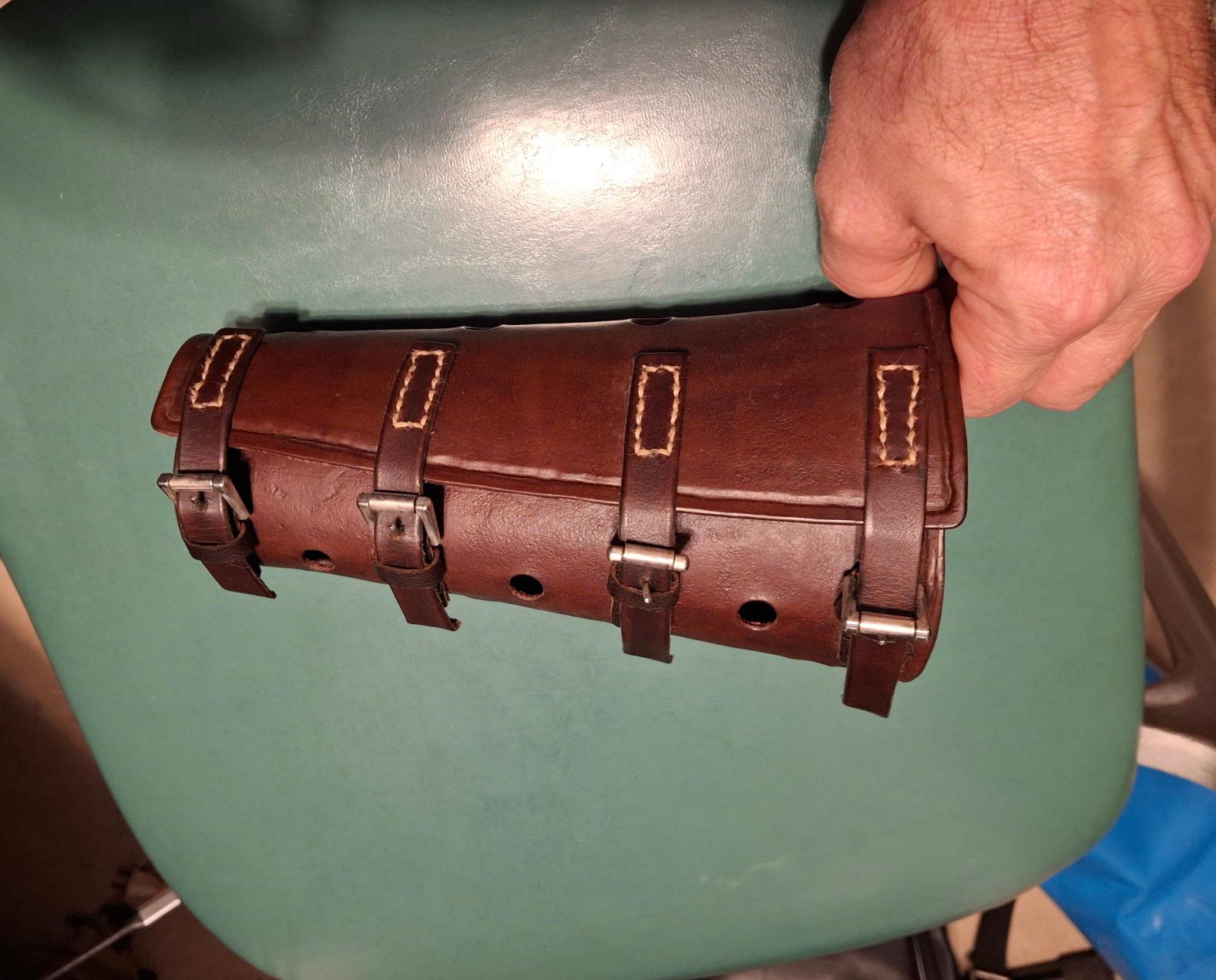
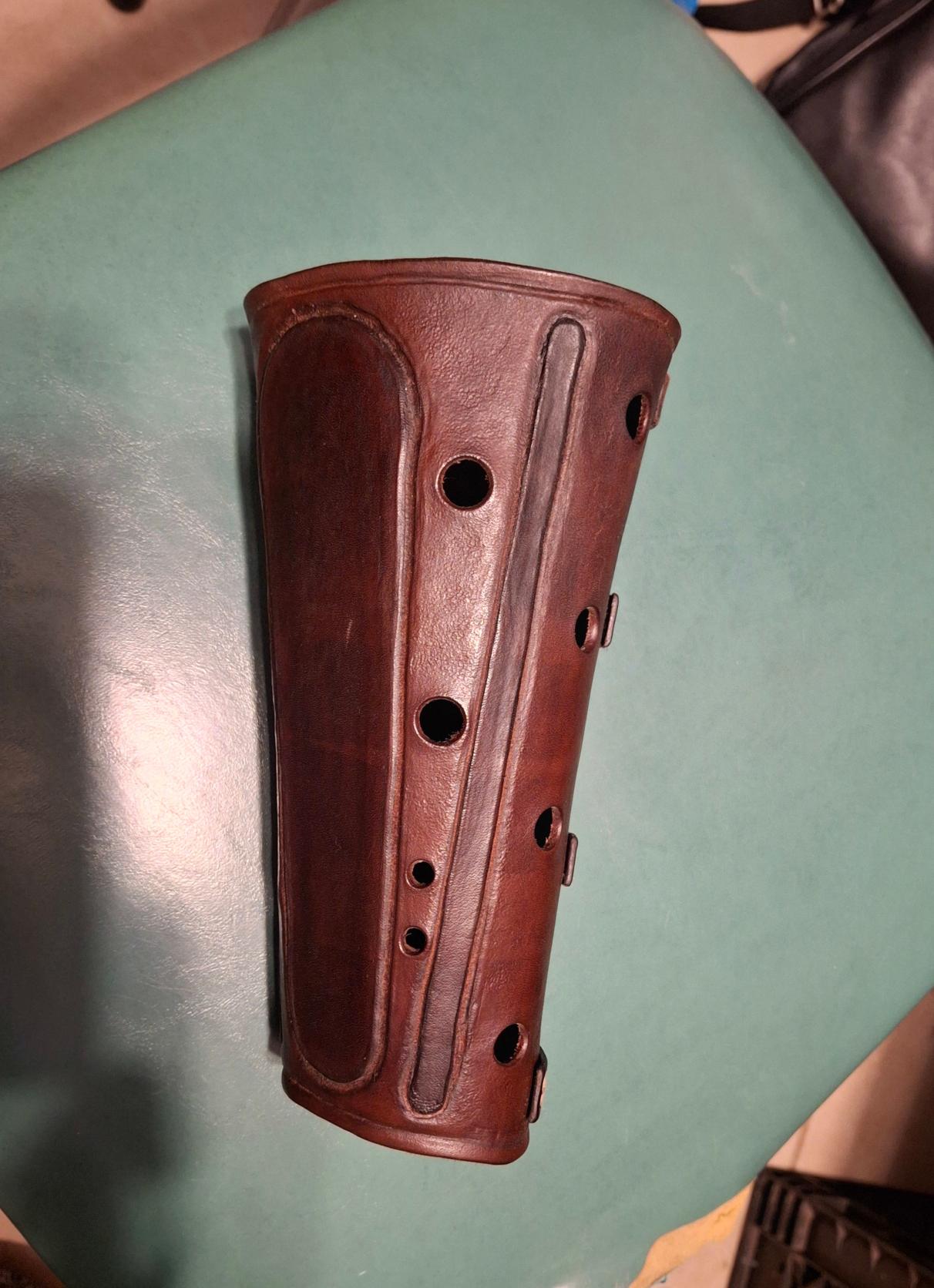

.jpg.e8f03fa0d4c2380c284305f5256b82eb.jpg)
